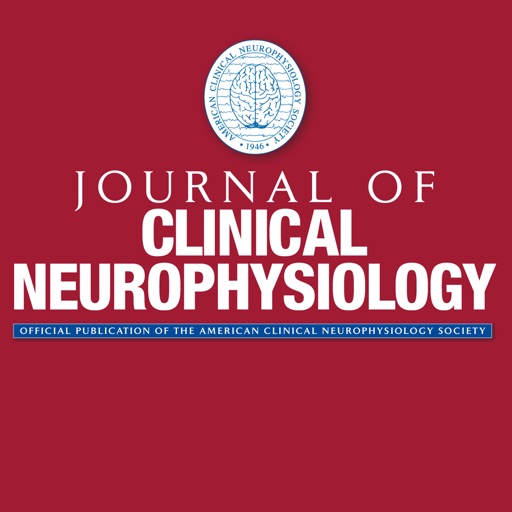“Cannabinoids are increasingly used for medicinal purposes, including neuropathy.
Gastroparesis is a neuromuscular disorder and neuropathy plays a large role in its pathogenesis. It is thus reasonable that cannabinoids can serve a beneficial role in the management of gastroparesis.
Our study evaluates the effect of cannabinoids on gastroparesis symptoms.
A significant improvement in the GCSI total symptom composite score was seen with either cannabinoid treatment (mean score difference of 12.8, 95% confidence interval 10.4-15.2; p-value < 0. 001). Patients prescribed marijuana experienced a statistically significant improvement in every GCSI symptom subgroup. Significant improvement in abdominal pain score was also seen with either cannabinoid treatment (mean score difference of 1.6; p-value <0.001).
Conclusions: Cannabinoids dramatically improve the symptoms of gastroparesis. Furthermore, an improvement in abdominal pain with cannabinoids represents a breakthrough for gastroparesis-associated abdominal pain treatment, for which there are currently no validated therapies.”
https://www.ncbi.nlm.nih.gov/pubmed/31993268
“In conclusion, cannabinoids dramatically improve refractory gastroparesis symptoms, including abdominal pain. Marijuana may be superior to dronabinol in improving these symptoms, though both cannabinoids seem to be promising as novel therapeutic options in gastroparesis.”

 “In traditional medicine, Cannabis sativa has been prescribed for a variety of diseases. Today, the plant is largely known for its recreational purpose, but it may find a way back to what it was originally known for: a herbal remedy. Most of the plant’s ingredients, such as Δ-tetrahydrocannabinol,
“In traditional medicine, Cannabis sativa has been prescribed for a variety of diseases. Today, the plant is largely known for its recreational purpose, but it may find a way back to what it was originally known for: a herbal remedy. Most of the plant’s ingredients, such as Δ-tetrahydrocannabinol,  “Epilepsy is a chronic disease characterized by recurrent unprovoked seizures. Up to 30% of children with epilepsy will be refractory to standard anticonvulsant therapy, and those with epileptic encephalopathy can be particularly challenging to treat.
“Epilepsy is a chronic disease characterized by recurrent unprovoked seizures. Up to 30% of children with epilepsy will be refractory to standard anticonvulsant therapy, and those with epileptic encephalopathy can be particularly challenging to treat.
 “Aging and HIV have adverse effects on the central nervous system, including increased inflammation and neural injury and confer risk of neurocognitive impairment (NCI).
“Aging and HIV have adverse effects on the central nervous system, including increased inflammation and neural injury and confer risk of neurocognitive impairment (NCI). “The endocannabinoid system (ECS) has emerged in recent years as a potential treatment target for alcohol use disorders (AUD).
“The endocannabinoid system (ECS) has emerged in recent years as a potential treatment target for alcohol use disorders (AUD). “Available data support the notion that
“Available data support the notion that  “Marijuana may be used by some patients with gastroparesis (Gp) for its potential antiemetic, orexigenic, and pain-relieving effects.
“Marijuana may be used by some patients with gastroparesis (Gp) for its potential antiemetic, orexigenic, and pain-relieving effects. “The symptomatic treatment of myotonia and myalgia in patients with dystrophic and non-dystrophic myotonias is often not satisfactory.
“The symptomatic treatment of myotonia and myalgia in patients with dystrophic and non-dystrophic myotonias is often not satisfactory. “Over the course of the last decade, Peroxisome Proliferator-Activated Receptors (PPARs) have been identified as part of the
“Over the course of the last decade, Peroxisome Proliferator-Activated Receptors (PPARs) have been identified as part of the